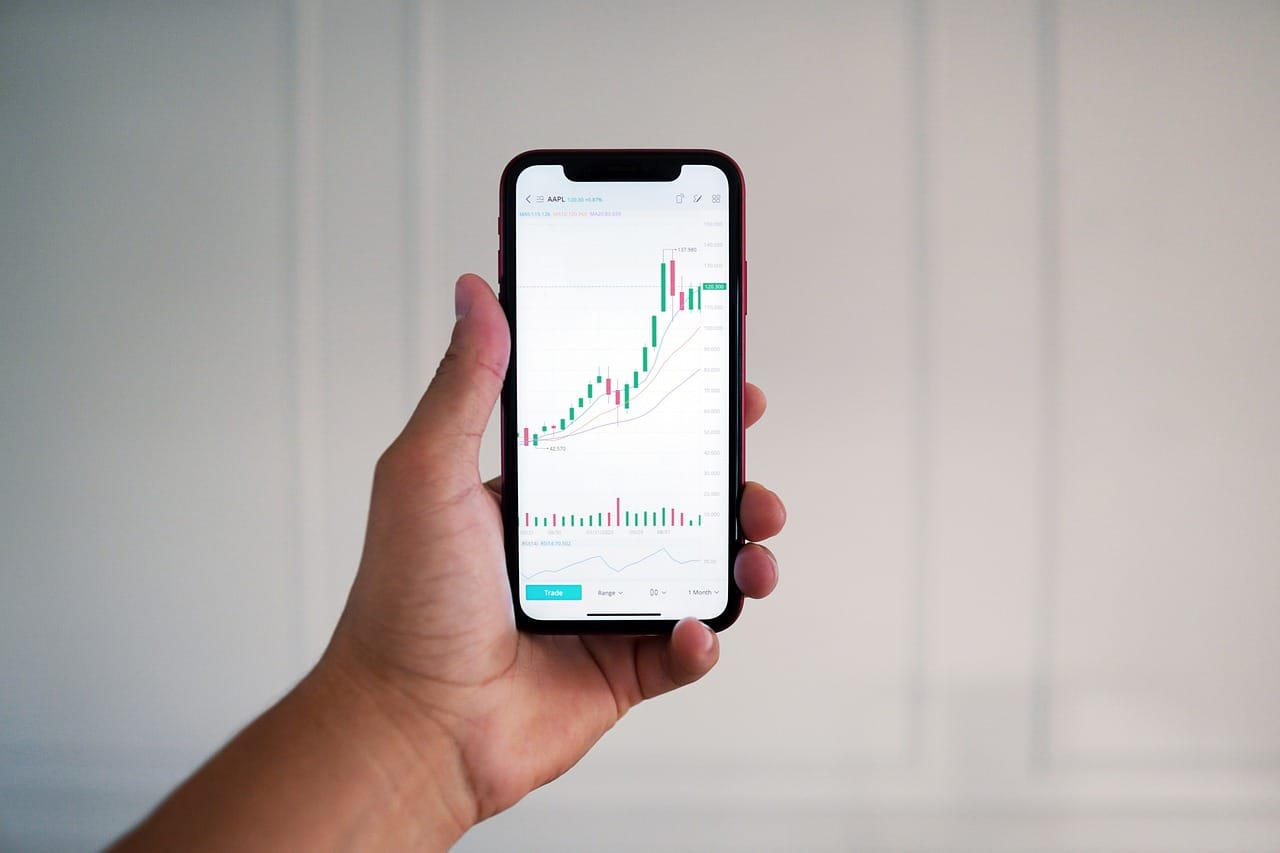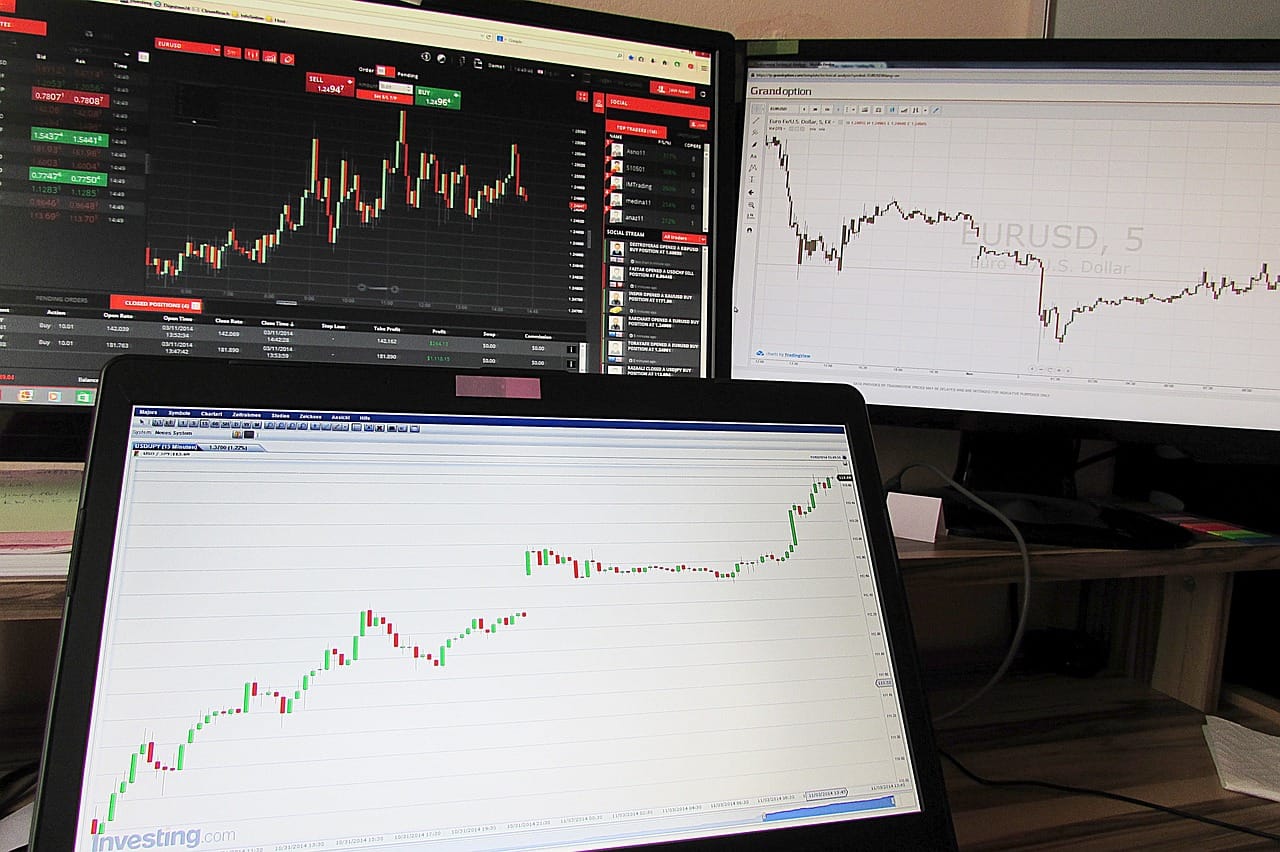Mastering the Market: Strategies for Successful Foreign Exchange Trading in
Master foreign exchange trading with expert strategies. Explore techniques, insights, and tactics tailored for success in the dynamic world of forex trading

Introduction to the foreign exchange market
The foreign exchange market, also known as the forex market, is the largest and most liquid financial market in the world. It involves the buying and selling of currencies, with the aim of profiting from changes in exchange rates. As a trader in the foreign exchange market, it is essential to understand the basics of how the market works and what factors influence currency prices.
Understanding the basics of foreign exchange trading

Foreign exchange trading involves the simultaneous buying of one currency and selling of another. Currencies are always traded in pairs, such as the EUR/USD or GBP/JPY. The exchange rate represents the value of one currency relative to another. As a trader, you can profit from changes in exchange rates by speculating on whether a currency will strengthen or weaken against another.
To trade in the foreign exchange market, you need to open an account with a forex broker. These brokers provide a platform for you to execute trades and access real-time market data. They also offer various tools and indicators to help you analyze the market and make informed trading decisions.
Benefits of trading in the foreign exchange market
Trading in the foreign exchange market offers numerous benefits for individuals looking to profit from currency movements. Firstly, the forex market is open 24 hours a day, five days a week. This means you can trade at any time that suits you, unlike other financial markets that have set trading hours.
Secondly, the forex market is highly liquid, meaning there is always a buyer and seller for any currency pair. This ensures that you can enter and exit trades quickly and at the desired price. Additionally, the high liquidity of the market reduces the risk of price manipulation by large players.
Another benefit of forex trading is the potential for high leverage. Leverage allows you to control a larger position with a smaller amount of capital. This can amplify your profits if the trade goes in your favor. However, it is important to note that leverage also increases the risk of losses, so proper risk management is crucial.
Key factors influencing foreign exchange rates
Foreign exchange rates are influenced by a variety of factors, both economic and political. Understanding these factors can help you anticipate currency movements and make profitable trades.
One key factor is interest rates. Central banks often adjust interest rates to control inflation and stimulate economic growth. Higher interest rates attract foreign investors, increasing the demand for the currency and causing it to appreciate. Conversely, lower interest rates make the currency less attractive and can lead to depreciation.
Economic indicators such as GDP growth, inflation, and employment data also play a significant role in determining exchange rates. Positive economic data generally strengthens a currency, while negative data weakens it. Traders closely monitor these indicators and react accordingly.
Political events and geopolitical tensions can also impact currency prices. Elections, government policies, and international conflicts can create uncertainty and volatility in the forex market. Traders need to stay informed about global events and assess their potential impact on currency values.
Analyzing market trends and patterns in foreign exchange trading

Analyzing market trends and patterns is essential for successful foreign exchange trading. Technical analysis involves studying historical price data and using various tools and indicators to identify patterns and predict future price movements.
One commonly used tool is the moving average, which smooths out price fluctuations and helps identify the overall trend. Traders also use indicators such as the Relative Strength Index (RSI) and the Moving Average Convergence Divergence (MACD) to confirm trends and generate trading signals.
Chart patterns, such as triangles, head and shoulders, and double tops, can provide valuable insights into potential price reversals or continuations. These patterns are formed by the interaction of supply and demand forces in the market and can indicate the future direction of prices.
It is important to note that technical analysis is not foolproof and should be used in conjunction with other forms of analysis, such as fundamental analysis. Fundamental analysis involves evaluating economic and political factors to determine the intrinsic value of a currency. By combining both forms of analysis, traders can make more informed trading decisions.
Developing a successful trading strategy in the foreign exchange market
Developing a successful trading strategy is crucial for consistent profits in the foreign exchange market. A trading strategy outlines the rules and guidelines you will follow when entering and exiting trades.
One popular trading strategy is trend following, which involves identifying and trading in the direction of the dominant market trend. This strategy assumes that the trend will continue and aims to capture profits from extended price moves.
Another common strategy is breakout trading, which involves entering trades when the price breaks out of a significant support or resistance level. Breakout traders believe that strong price movements often follow periods of consolidation and aim to profit from these moves.
Some traders prefer to use a combination of technical indicators and chart patterns to generate trading signals. They may also incorporate fundamental analysis to validate their trading decisions. The key is to find a strategy that suits your trading style and risk tolerance and to stick to it consistently.
Risk management techniques in foreign exchange trading
Risk management is a crucial aspect of successful foreign exchange trading. It involves implementing strategies to protect your capital and minimize the impact of potential losses.
One important risk management technique is setting appropriate stop-loss orders. A stop-loss order is an instruction to close a trade at a predetermined price level to limit losses. By setting a stop-loss order, you define the maximum amount you are willing to lose on a trade, thereby preserving your capital.
Another risk management technique is position sizing. This involves determining the appropriate amount of capital to allocate to each trade based on your risk tolerance and the size of your trading account. It is important to avoid overexposing yourself to any single trade or currency pair, as this can lead to significant losses.
Diversification is also a valuable risk management strategy. By trading multiple currency pairs or assets, you spread your risk and reduce the impact of any single trade on your overall portfolio. Diversification can help smooth out returns and protect against unexpected market movements.
Popular tools and indicators for foreign exchange market analysis

There are numerous tools and indicators available to help traders analyze the foreign exchange market and make informed trading decisions. Here are some popular ones:
- Moving averages: Used to identify trends and potential support and resistance levels.
- Relative Strength Index (RSI): Measures the strength and weakness of a currency pair and helps identify overbought or oversold conditions.
- Fibonacci retracement: Based on the Fibonacci sequence, this tool is used to identify potential levels of support and resistance.
- Bollinger Bands: Shows the volatility of a currency pair and can help identify potential breakouts or reversals.
- Candlestick patterns: These visual patterns on price charts can provide insights into market sentiment and potential reversals.
It is important to note that no single tool or indicator can guarantee profits in the forex market. Traders should experiment with different tools and indicators and find the ones that work best for their trading style and preferences.
Choosing the right broker for foreign exchange trading
Choosing the right broker is crucial for successful foreign exchange trading. A reputable and reliable broker can provide you with the necessary tools, resources, and support to execute trades and navigate the forex market.
When selecting a broker, consider factors such as regulation, trading platform, customer service, and fees. It is important to choose a broker that is regulated by a reputable financial authority, as this ensures that they operate in a fair and transparent manner.
The trading platform should be user-friendly and offer a wide range of features and tools for analysis. It should also provide access to real-time market data and offer fast and reliable trade execution.
Good customer service is essential, as you may need assistance or have questions about your trading account. Look for brokers that offer responsive customer support through various channels, such as phone, email, and live chat.
Lastly, consider the fees and commissions charged by the broker. While low fees can be attractive, it is important to also consider the quality of service provided. Some brokers may offer low fees but have poor execution or limited customer support, which can ultimately cost you more in the long run.
Keeping up with the latest developments in the foreign exchange market
The foreign exchange market is constantly evolving, and staying informed about the latest developments is crucial for successful trading. Here are some ways to keep up with the market:
- News and economic calendars: Stay updated on economic releases, central bank announcements, and geopolitical events that can impact currency prices.
- Market analysis and research: Follow reputable sources of market analysis and research to gain insights into potential trading opportunities.
- Social media and forums: Engage with other traders on social media platforms and forums to exchange ideas and stay informed about market trends.
- Webinars and educational resources: Participate in webinars and access educational resources offered by brokers and industry professionals to enhance your trading knowledge.
By staying informed and continuously learning, you can adapt to changing market conditions and improve your trading performance.
Conclusion: Mastering the market in 2023
Mastering the foreign exchange market requires a solid understanding of its fundamentals, the ability to analyze market trends, and the development of a successful trading strategy. It also involves effective risk management and staying informed about the latest developments in the market.
By following the strategies and techniques outlined in this article, you can increase your chances of success in foreign exchange trading. Remember to always trade responsibly and to continuously learn and adapt to the ever-changing market condition




